Place an identity was the frame we chose for making iD, an international exhibition in all mayor art venues in town and the theme was also the starting point for a number of projects before iD. The goal was to visualise the different ways a room or place emerges and how it is transformed, how the identity is created and named and above all how the place and the understanding of the self grows together.
It is a storytelling where we know the direction in general, but we never know what is going to happen along the way, in the next junction, which road or path we will choose. This means surprises and mysteries.
It is also an invitation – a hand reached out. A gesture that asks everyone that are present here, all willing to participate in a process where place, time, and identity is created in the city. This took take place in a town called Vaasa.
The aim of the iD-project was to present a multifaceted overview of contemporary art in an exhibition whose theme and content engage people and offer a visual experience. iD is directed at a local, regional, national and also an international audience, including both professionals and the general public.
The theme of the exhibition was locality, identity, and minority position in relation to the ever more globalised reality we live in. The objective is to use modern art as a means to interpret the pervasive changes that have taken place in the world. The starting point of the exhibition is: Is attachment to place and regional identity gaining in importance? In this context attachment to place is seen as something more than merely physical presence, i.e. living in a certain place. What we are looking for, more specifically, is a constructive critical point of view and a sense of presence within a tradition. On the one hand, this theme gives each spectator a frame of reference: Who am I, where am I and what is the relationship between these questions? On the other hand, there is also a basis for deeper reflection.
The fact that Vaasa is a city on the periphery from the viewpoint of contemporary art gives the theme a special significance and opens up interesting vistas.
The curators of the exhibition are Mika Hannula and Ulrika Ferm. They invited 18 Finnish and international artists. Most of the artists are active in the wide field of contemporary art and use the new means of expression available. In addition to traditional painting and graphic art, there was also videos, installations, photographies and different forms of social art in which the active participation of the audience is an essential feature of the art work.
Read more
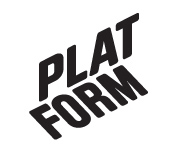
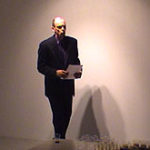
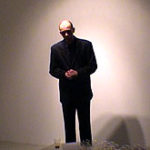
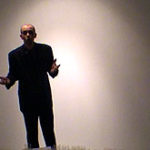
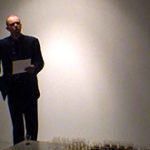
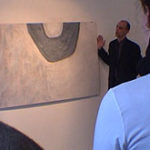
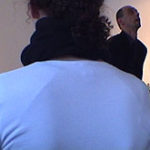
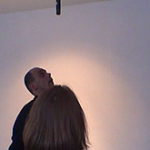
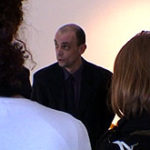


 As a four year old Per Hüttner and his family had a car accident. His father was badly injured and died inhospital a few weeks later. Hüttner was brought up by his single
As a four year old Per Hüttner and his family had a car accident. His father was badly injured and died inhospital a few weeks later. Hüttner was brought up by his single

